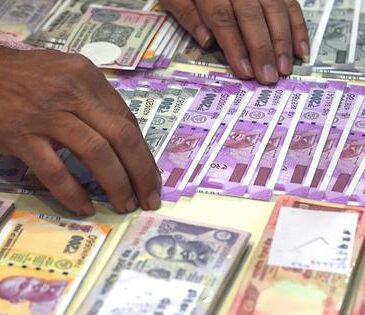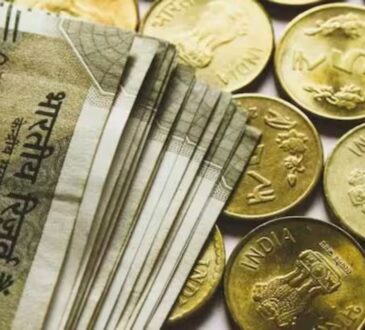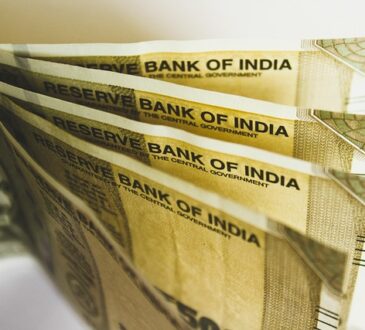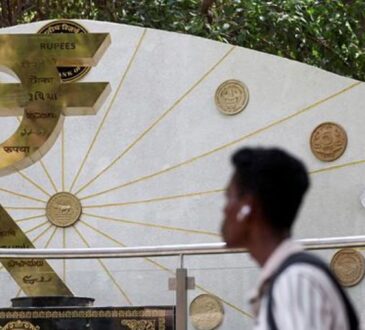Asian markets picked up on the positive note set by last week’s cautious optimism. Investors had been awaiting the outcome, as China’s factory output is already slowing and Japan’s inflation figures suggest constant monetary policy.
The latest lift came as U.S. President Donald Trump delayed his 50% tariffs on European Union goods to July 9. The decision provided a short-term respite from trade war worries and buoyed global investor sentiment.

Markets across the globe posted limited gains on Monday. MSCI’s broadest index of the world’s listed shares gained 0.2%, while the pan-European STOXX index rallied 1%, recovering back to where it had been before Trump shocked markets with a warning on tariffs last Friday. The U.S.’ decision to suspend the tariffs comes after EU Commission President Ursula von der Leyen asked for more time to negotiate. His policy about-face reminded investors how erratic American trade stances can be, leading many to rebalance their portfolios away from the United States and toward Europe and Asia.
Asian shares were a mix of caution and hope. The Nikkei 225 in Japan rose 1 %, its best daily performance for almost two weeks. Gains were seen on Trump’s alleged endorsement of Nippon Steel’s bid for U.S. Steel, which calmed investors’ nerves. There was strong demand for Japanese government bonds as well in the wake of gyrations in super-long yields, and focus was shifting to inflation data due later in the week.
The markets in China and Hong Kong slid in the meantime. The Shanghai Composite fell 0.1%, and the CSI300 0.6%. Shares of carmakers and Apple suppliers weighed the indexes down on fears of a price war and possible new U.S. tariffs. However, regional investors continued to monitor broader trends, shifting their focus from the dollar to Asian currencies and stocks.
The mood was reflected in currency markets. The dollar index fell 0.1 percent, and the euro rose to $1.1382, its highest level since April. The British pound also edged higher. SEB Research analysts referred to a “toxic cocktail” for the U.S. dollar, including higher risk premiums for U.S. assets, increasing global diversification, and domestic uncertainties. “The American policy is difficult to predict, and confidence in the dollar is being lost,” said OCBC strategist Christopher Wong.
Asian currencies were mixed. The Indian rupee ended at 85.0850 to the dollar, up 0.1 percent, but it was among the region’s weakest performers in May. The offshore Chinese yuan dipped slightly to 7.18. Analysts cautioned that if China lets the yuan float much higher, it would put renewed pressure on the dollar. Brent crude was up 3 percent, to $64.90, and gold dipped a little, to $3,328 an ounce.
India’s benchmark stock indexes rose about 0.6%, in line with regional trends. Slightly lower bond yields signaled that markets expected further liquidity from the central bank. With U.S. markets closed for Memorial Day, lighter trading volumes were giving Asia’s moves more heft worldwide.




